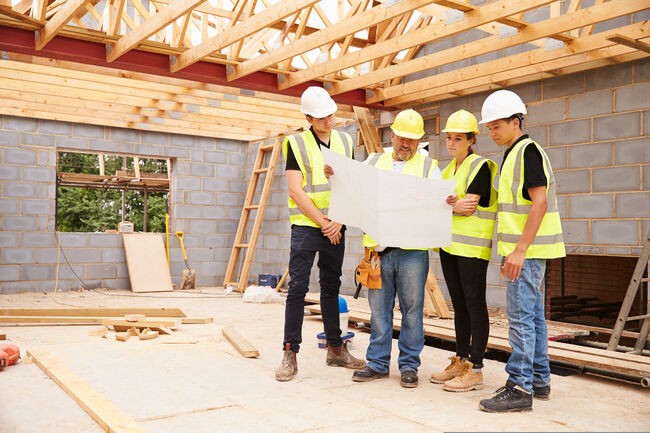Views
New rules on Sustainable Drainage will help prevent pollution and tackle climate change
We are all aware that the intensity of rainfall is increasing as our climate changes. We are also aware that there is a constant demand for new housing to cope with the ever-expanding population. Both these trends seem set to continue into the future and the question is how the country’s sewerage network can deal with increasing flows of runoff and sewage without the sewers flooding when they are overloaded.
Increasingly, the answer to both these challenges is seen as being to ensure that as far as possible, rainwater is kept out of the sewerage system, particularly through the use of “sustainable” drainage systems (SuDS). SuDS are natural and environmentally friendly systems that allow much more rainwater to be absorbed by the ground through natural features such as ponds and swales rather than flowing into the piped sewer network. This takes pressure off the main sewerage network, helps prevent surface run off and, ultimately, avoids pollutants entering rivers and streams.
While the value of this approach has been recognised for years and is a key requirement of the planning system, the biggest single brake on progress has been the lack of anyone stepping up to take responsibility for the long term maintenance of these new sustainable drainage systems (SuDS).
Recognising this problem and aware that government has been unable to resolve it, the water companies have taken the initiative to develop a solution which involves water companies across the country increasingly taking on that responsibility. This has involved reinterpreting laws going back to the Victorian era to allow a whole range of SuDS features built by developers on new developments to be transferred to the water companies, along with the more traditional piped drainage. The new rules will come into effect in April 2020
This historic shift in approach will play a major role in reducing the risk of flooding and in creating capacity for new development.
For more information on Sustainable drainage please click here




